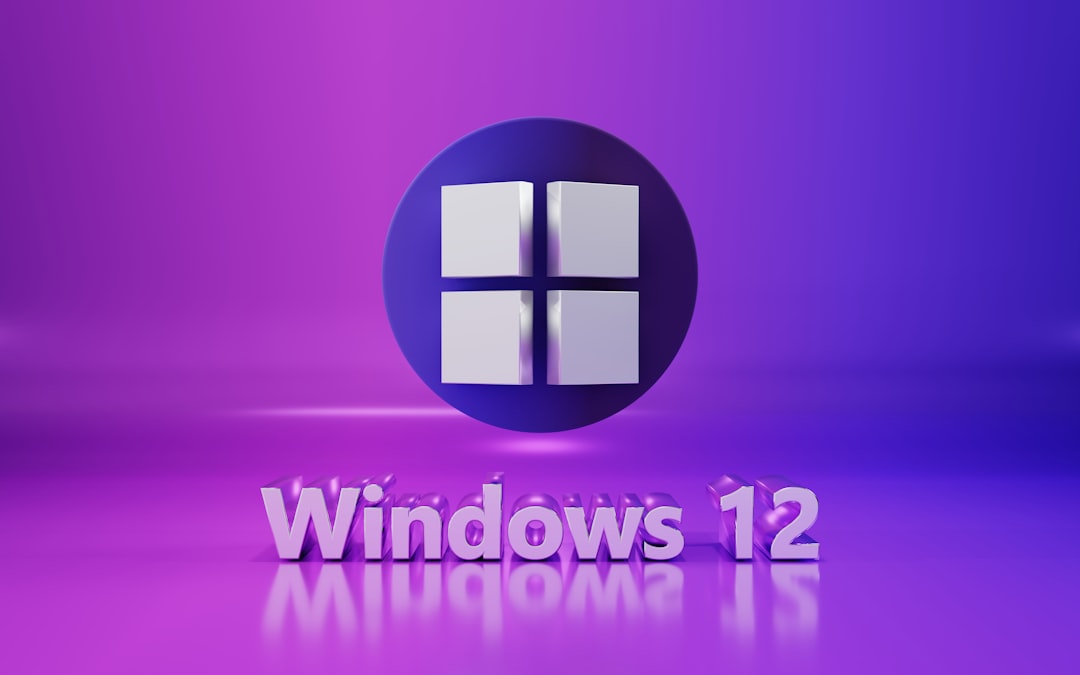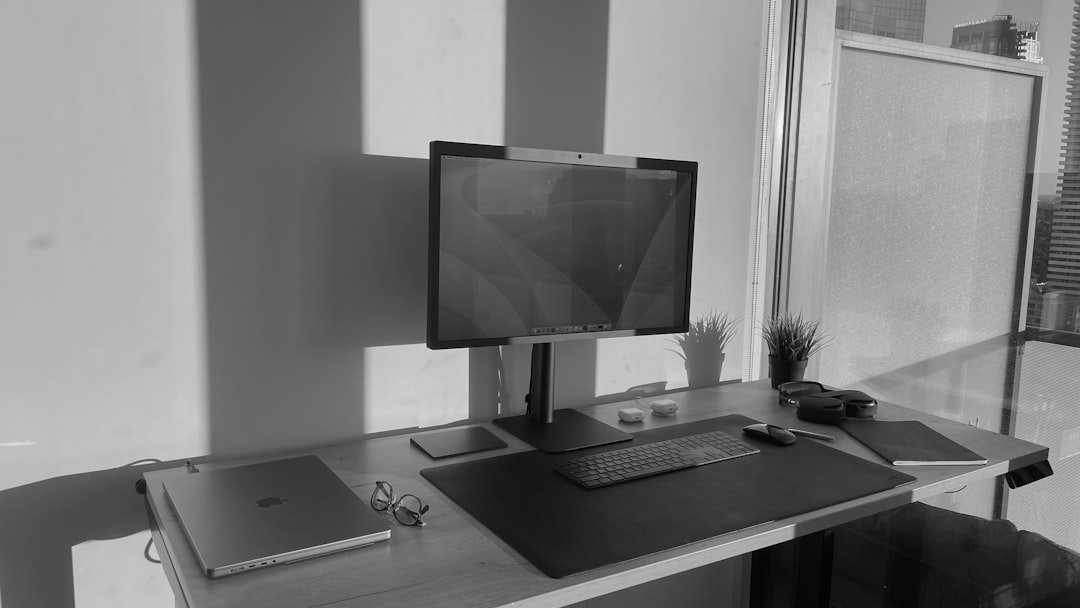Installing a fresh copy of Windows 11 can breathe new life into your computer. Whether you’re upgrading from a previous version or starting fresh, using a bootable USB drive is one of the most efficient and reliable ways to install the operating system. In this guide, we’ll walk through how to create a bootable USB for Windows 11 installation in just a few steps. This method is ideal for both beginners and tech-savvy users alike, offering a hassle-free way to get the latest Microsoft OS up and running.
Why Use a Bootable USB for Installation?
A bootable USB drive is essentially an external flash drive that contains all the necessary files to install an operating system. There are several benefits to using a bootable USB for your Windows 11 installation:
- Speed: Installation from a USB drive is typically faster than from a DVD.
- Portability: You can carry the USB drive anywhere and install Windows on multiple computers.
- Convenience: No need for an optical drive, which many modern laptops no longer include.
What You’ll Need
Before creating the bootable USB drive, make sure you gather the following tools:
- A USB flash drive with at least 8 GB of storage
- A working Windows PC
- Internet connection to download necessary files
- The Windows 11 ISO file or Media Creation Tool from Microsoft

Step-by-Step Guide to Creating a Bootable USB
Step 1: Format the USB Drive
First, insert your USB flash drive into your computer. Open File Explorer, right-click the USB drive under “This PC,” and select Format. Choose FAT32 or NTFS as the file system and click Start. This will erase all data on the drive, so make sure to back up any important files beforehand.
Step 2: Download the Media Creation Tool
Visit Microsoft’s official Windows 11 download page and click on Download Now under the “Create Windows 11 Installation Media” section. Once downloaded, launch the Media Creation Tool and accept the license agreement.
Step 3: Set Up USB Installation Media
When prompted, choose Create installation media (USB flash drive, DVD, or ISO file), then click Next. Select your preferred language, edition (Windows 11), and architecture (64-bit is recommended). Click Next again.
Select USB flash drive as the media to use, then pick the drive from the list. Be careful to select the correct USB stick to avoid data loss. Click Next, and the tool will begin downloading and copying all necessary files to your USB drive.

This process may take some time depending on your internet speed and USB performance.
Step 4: Boot from the USB
Once the USB is ready, safely eject it from your PC and insert it into the computer where you want to install Windows 11. Restart the system and enter the BIOS/UEFI settings (usually by pressing a key like F2, F10, Delete, or Esc during boot).
In BIOS, change the boot order to prioritize USB devices. Save your changes and exit. Your PC should now boot from the USB drive and begin the Windows 11 installation process.
Tips for a Smooth Installation
- Ensure your PC meets the minimum system requirements for Windows 11, especially TPM 2.0 and Secure Boot.
- Back up all important data before installation.
- Keep your PC plugged into a power source to avoid interruptions.
Final Thoughts
Creating a bootable USB for Windows 11 is a straightforward process that can simplify and speed up installing or reinstalling the operating system. By following the steps above, you ensure that you’re prepared for clean installations, system recovery, or upgrading older machines. With the right tools and preparation, you’ll be running Windows 11 in no time—and enjoying its modern design, improved performance, and enhanced security features.
So whether you’re a DIY enthusiast or an everyday user needing a system refresh, a bootable USB puts everything you need for Windows 11 installation right in the palm of your hand.


